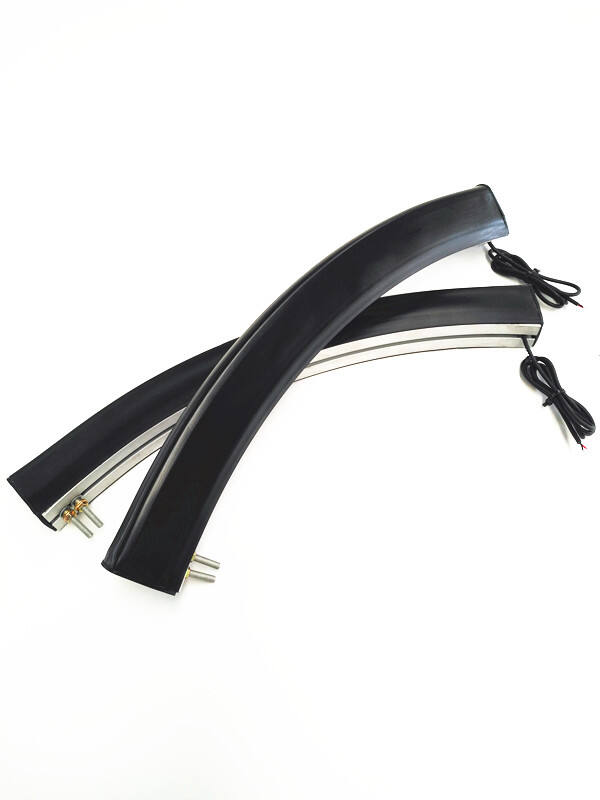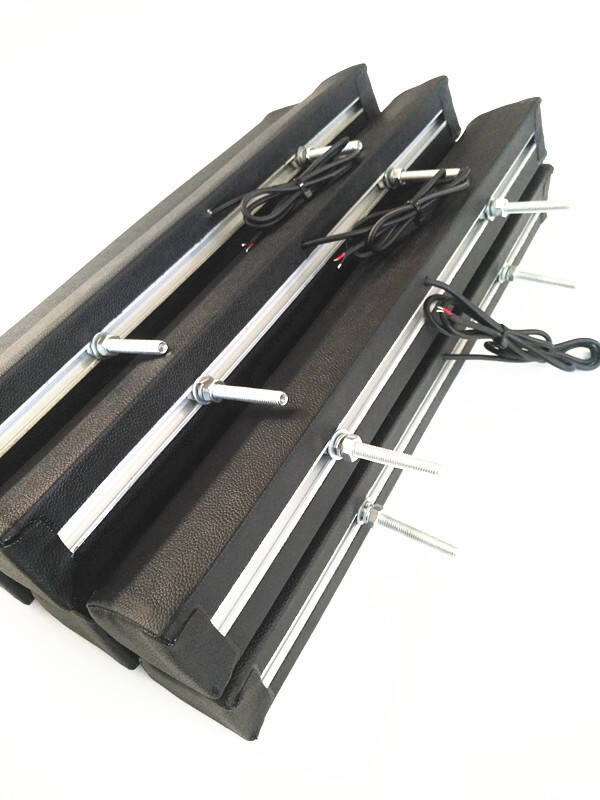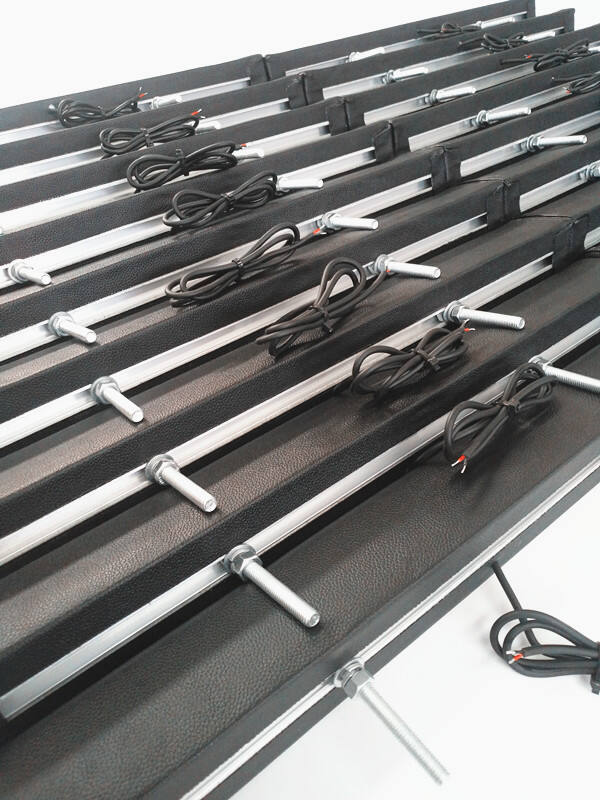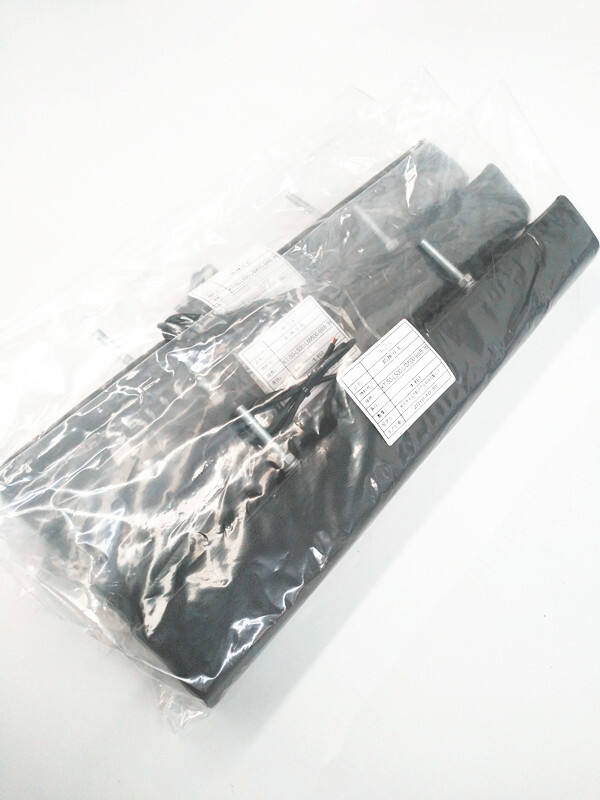industrial fire alarm systems
Industrial fire alarm systems represent a critical safety infrastructure designed to protect facilities, assets, and personnel in commercial and manufacturing environments. These sophisticated systems integrate multiple components including smoke detectors, heat sensors, manual pull stations, and central control panels to provide comprehensive fire detection and notification capabilities. The systems utilize advanced technologies such as addressable detection devices that can pinpoint exact fire locations, multi-criteria sensors that analyze multiple fire signatures to reduce false alarms, and intelligent control panels that can manage thousands of input points simultaneously. Modern industrial fire alarm systems feature network connectivity for remote monitoring, automated emergency response protocols, and integration capabilities with other building systems like HVAC and access control. They comply with strict safety standards including NFPA 72 requirements and offer redundant power supplies to ensure continuous operation. The systems provide real-time monitoring with immediate alert notification through various channels including audible alarms, visual strobes, and digital notifications to emergency responders and facility managers. These systems are specifically engineered to operate reliably in harsh industrial environments, featuring robust construction, dust-resistant sensors, and temperature-tolerant components.











